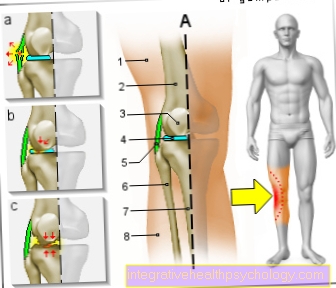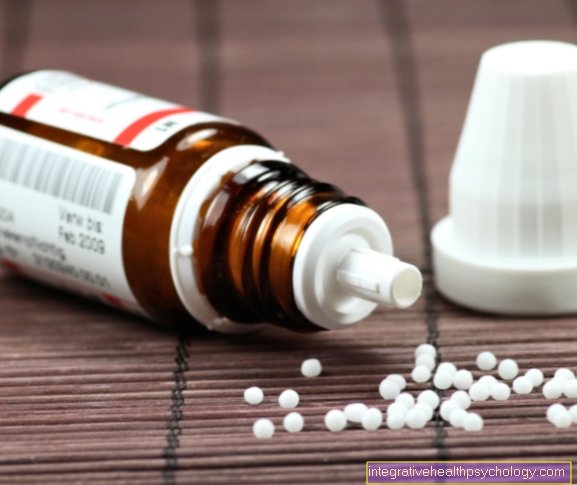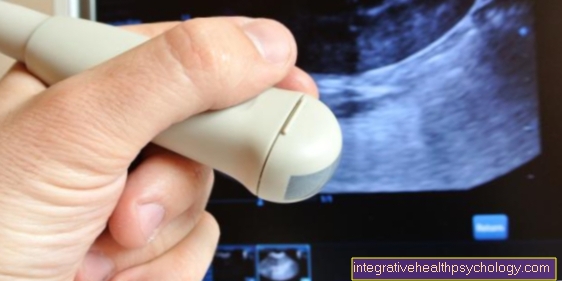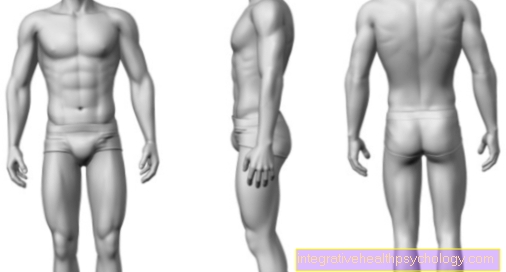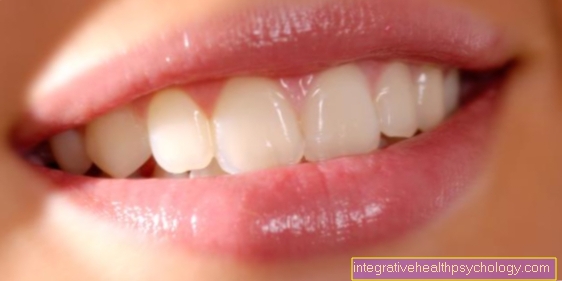The oral irrigator
introduction
The oral irrigator was introduced as an instrument for cleaning teeth in the mid-1960s. It consists of a water tank with a motor and a handpiece with a nozzle. It is a component of oral hygiene and is a useful addition to teeth cleaning with a toothbrush and toothpaste.
The water jet can be used to clean the hard-to-reach interdental spaces of food residues and loosened dental plaque. Under no circumstances can the irrigator replace the toothbrush, as the water jet cannot remove the firmly adhering plaque.

Differences in the oral irrigator
There are oral irrigators with a concentrated jet and such oral irrigators that also have multiple jets. The gums are supposed to be massaged by the finer, multiple jets with less strength and additional pulsation. With some oral irrigators, the strength of the water jet can also be regulated. The single beam should not be too strong so that it does not injure the gums.
Oral irrigator with ultrasound
As with most products in the field of oral hygiene, there are also many different suppliers and models on offer for oral irrigators. A product that is very effective in cleaning teeth is a so-called ultrasonic toothbrush. It does not do circular movements, but in contrast to it oscillating movements. In combination there is the ultrasound-operated oral irrigator. Toothbrush and oral irrigator are usually available in one unit. As a rule, however, the irrigator is not operated by ultrasound.
An ultrasonic toothbrush works mechanically just like other electric toothbrushes. However, the aim of the brush is not to clean the teeth by friction alone, but rather by making the liquid and toothpaste vibrate and thereby achieving an optimal cleaning result. An oral irrigator in general would not be more effective in its function through an ultrasound powered mechanism.
Its main purpose is to rinse coarse remaining food particles from between the teeth.
costs
The prices for oral irrigators range - depending on the design - between 40.00 and 130.00 Euro.
Does an oral irrigator make sense?
An oral irrigator is particularly suitable for cleaning the areas that a conventional toothbrush cannot reach. However, it is very important to know that an oral irrigator can in no way be as effective as dental floss or interdental brushes.
Nevertheless, an oral irrigator is suitable, for example, for people with fixed braces. An oral irrigator can help with the rough removal of leftovers. This also applies to patients with implants or bridges. An oral irrigator can also help prevent bad breath by removing food particles from hard-to-reach places in the mouth. An oral irrigator is also a way of removing coarse food residues from the interdental spaces and thus improving oral hygiene for patients with restricted motor skills, who for this reason have problems handling dental floss or interdental brushes.
In general, an oral irrigator is a good addition to daily oral hygiene, but should not replace the use of a toothbrush, interdental brush, or floss. If there is already plaque or tartar, i.e. sticky deposits of bacteria on the teeth, they can no longer be removed with an oral irrigator. You can only wash out fresh food residues.
Critical when using an oral irrigator is the possibility of gum damage. The bleeding gums represent entry points for bacteria, which are flushed into the body by the water pressure. This can lead to a so-called Bacteremia and in some patients even to life-threatening heart valve inflammation.
You might also be interested in: Bacteria in the blood - how dangerous is it?
Areas of application of an oral irrigator
For gum pockets
If there are deep gum pockets, this indicates an existing inflammation of the periodontitis, a so-called periodontal disease. This means that certain types of bacteria progressively break down the bones and the rest of the gums, i.e. fibers and the gums.
Treating this inflammation is very important. It is better to avoid using an oral irrigator when there are deep gum pockets. The water jet from an oral irrigator could cause injuries in the already inflamed and loosened gingival pockets. Furthermore, an oral irrigator cannot remove bacteria or deposits.
In the case of gingival pockets, interdental brushes are suitable for cleaning the interdental spaces, which can be soaked in a disinfecting solution (CHX solution) available at the pharmacy.
For periodontal disease
The use of an oral irrigator is not suitable for patients who have already suffered periodontal damage, i.e. patients with periodontitis. The Periodontal disease is an inflammation of the gums. It can develop from inflammation of the gums caused by poor oral hygiene and the build-up of plaque. Periodontitis can lead to bone loss and ultimately loss of teeth and must therefore be treated.
The water jet from an oral irrigator could cause injuries in the already inflamed and loosened gingival pockets. The aggressive germs present in periodontal disease would be washed into the bloodstream and thus increase the risk of inflammation of the inner skin, i.e. endocarditis or blood poisoning.
For interdental spaces
An oral irrigator is especially recommended for patients with fixed orthodontic appliances. However, they are also suitable for rough cleaning of the interdental spaces. This is particularly the case with patients who find it very difficult to use interdental brushes or dental floss. However, the oral irrigator cannot produce the same result in its effectiveness as the interdental brushes or the dental floss. In this case, an interaction of all oral hygiene measures is optimal.
You may also be interested in this topic: Clean braces
Against bad breath
An oral irrigator can be very useful in the fight against bad breath. In most cases, halitosis is caused by food particles left between the teeth or by increased bacterial deposits on the tongue.
The bacteria that are always in our mouths metabolize the food particles. This creates sulfur-containing intermediate products, which cause the unpleasant odor. An oral irrigator can help here by flushing the coarse food particles between the teeth and the plaque from the tongue. However, using a toothbrush, tongue cleaner, and floss is more effective.
You might also be interested in: How to fight bad breath successfully
Against almond stones
Many sufferers use an oral irrigator to remove their tonsil stones. At first this can be a bit strange and difficult. You should use a light to maximally moderate pressure of the lukewarm water jet.If you feel pain during the application or if the treated area bleeds, the application must be stopped immediately. A doctor should also be consulted.
The pebbles washed out should be spat out if possible. While it is not harmful to swallow them, they could be crushed and cause an unpleasant bad breath.
Cleaning the irrigator with home remedies
In addition to special cleaning agents for the oral irrigators, which are available in drugstores and pharmacies, some home remedies are also suitable for descaling, disinfecting and cleaning the oral irrigator. With the skin care products as well as with the special cleaning products, it is very important to repeat the cleaning process several times and then to rinse several times with water. In this way you can avoid that residues of the cleaning agent remain in the oral irrigator and later get into the body.
The classic, tried and tested home remedies include citric acid with lukewarm water for decalcification, denture cleaners to dissolve in water, chamomile tea for disinfection or other disinfecting herbal teas. Vinegar is also a popular choice for cleaning oral irrigators. However, it is very important not to use a vinegar cleaner but normal vinegar for the preparation of dishes. This can also be diluted in lukewarm water and, like the other home remedies, run through the oral irrigator several times.
Can you use an oral irrigator with mouthwash?
It is possible to fill an oral irrigator with mouthwash or mouth rinses and operate them with it. However, many manufacturers advise against it, as the rinsing solution may be highly concentrated and can damage the device from the inside.
Furthermore, many patients find application with mouthwash aggressive and unpleasant. However, there are also less concentrated mouthwashes that can be used in an oral irrigator. There is also the option of diluting the mouthwash with water in the oral irrigator. That way, it's not as aggressive to use. In general, however, you should find out whether your device is capable of being used with mouthwash according to the manufacturer's information.
Read more about this:
- Parodontax® mouthwash
- Meridol® mouthwash
Recommendations from our editorial team
- Professional teeth cleaning
- Brushing your teeth - the right way!
- Tartar removal
- Home remedies for bad breath
- Proper cleaning of the braces




